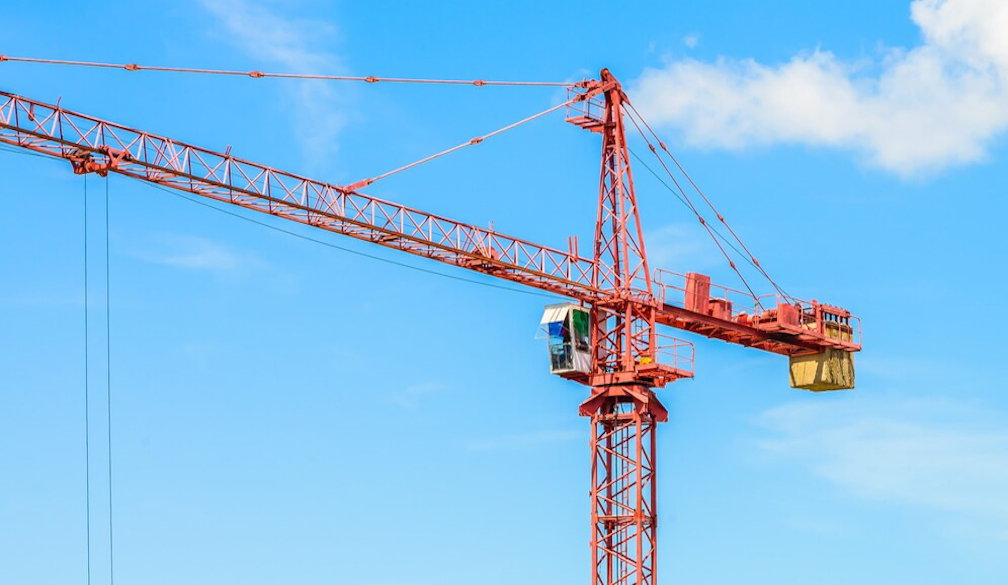Most Common Applications of Jib Cranes

Jib cranes, with their simple yet efficient design, have become indispensable tools across various industries. These versatile lifting devices consist of a horizontal member, known as a jib or boom, which supports a movable hoist fixed to a wall or a floor-mounted pillar. From manufacturing plants to construction sites, jib cranes find wide-ranging applications, enhancing productivity and safety. Let's delve into some of the most common applications of these indispensable pieces of machinery.
1. Manufacturing and Production Facilities
In manufacturing and production environments, jib crane plays a crucial role in material handling and assembly processes. They facilitate the movement of heavy components, machinery parts, and raw materials across different stages of production. With their ability to precisely position loads, jib cranes improve workflow efficiency and reduce the risk of accidents associated with manual lifting.
2. Warehousing and Distribution Centers
Warehouses and distribution centers rely heavily on jib cranes for the swift and safe movement of goods. Whether loading and unloading trucks or transferring items between storage racks, these cranes streamline logistics operations. Their compact design makes them ideal for navigating through narrow aisles, maximising storage space utilisation, and ensuring timely order fulfillment.
3. Construction Sites
In the dynamic environment of construction sites, jib cranes provide invaluable assistance in lifting heavy materials such as steel beams, concrete panels, and construction equipment. Their mobility and versatility allow them to be quickly deployed to different locations within the site, enhancing productivity and minimising downtime. Whether it's erecting structural elements or transporting materials to elevated levels, jib cranes contribute to the smooth progress of construction projects.
4. Automotive Industry
The automotive industry relies on jib cranes for various tasks, including engine assembly, vehicle painting, and component handling. These cranes facilitate the precise positioning of parts during assembly, ensuring accuracy and consistency in the manufacturing process. Additionally, they assist in lifting bulky components such as engines and transmissions, reducing manual labor and minimising the risk of workplace injuries.
5. Port Facilities and Shipping Yards
Port facilities and shipping yards utilise jib cranes for loading and unloading cargo from ships and containers. These cranes, often mounted on dockside platforms or installed on mobile gantry systems, provide the necessary lifting capacity to handle large containers and heavy machinery. By expediting the loading and unloading process, jib cranes contribute to the efficient operation of ports and facilitate international trade.
6. Aerospace and Defense
In the aerospace and defense sectors, precision and reliability are paramount. Jib cranes are employed for tasks such as aircraft maintenance, component assembly, and material handling in manufacturing facilities. Their ability to maneuver in confined spaces and lift delicate yet heavy aerospace components makes them indispensable tools in this demanding industry.
